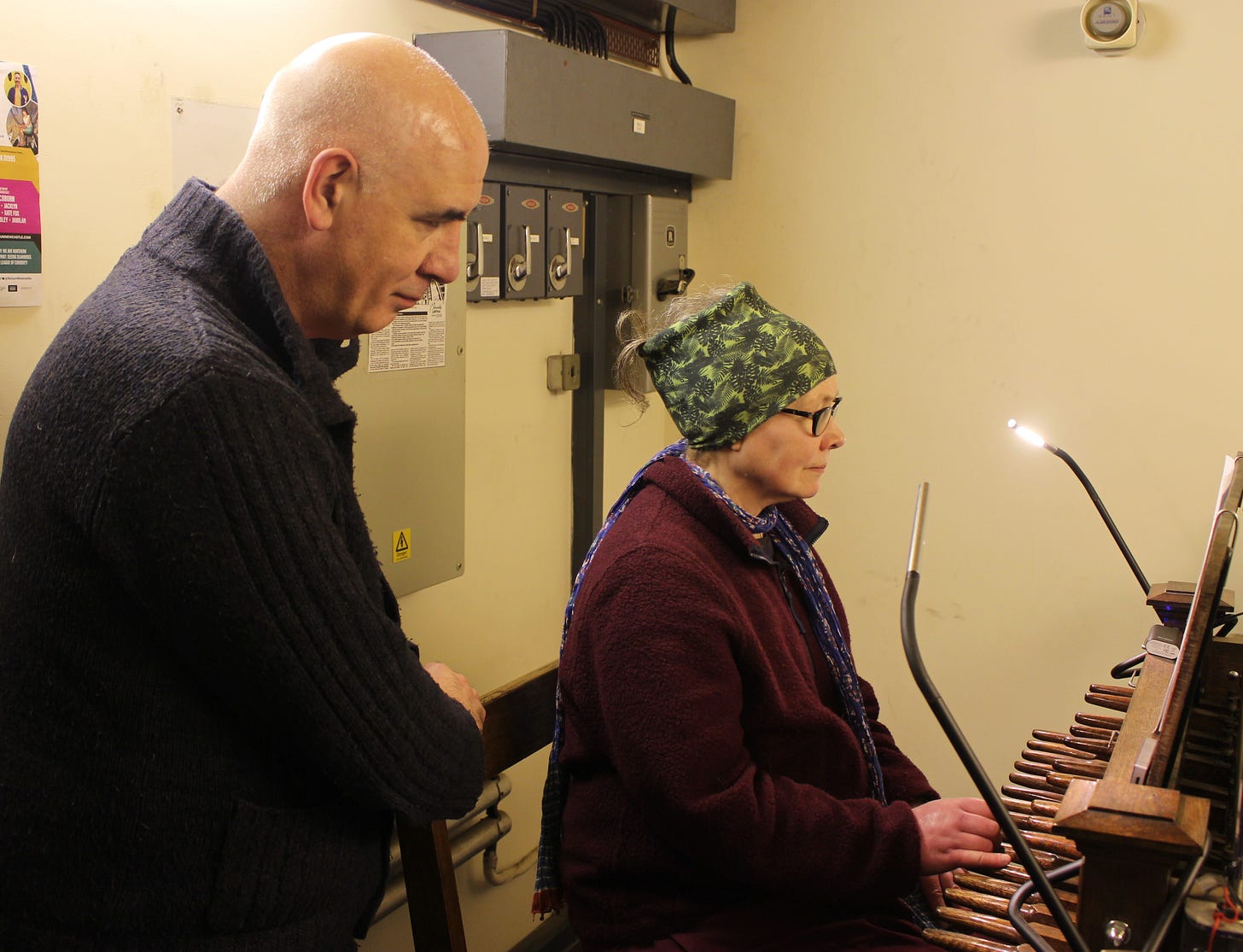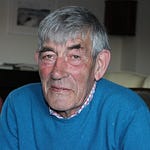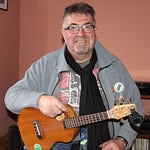Music can be found everywhere in our lives and it is often so prevalent that we may not notice it. But one musical form can be heard in most villages and towns and it is worth a momentary pause to listen – because then you will hear the sound of church bells.
Today’s episode is devoted to the carillon – an instrument for playing church bells that is an alternative to bell ringing by pulling ropes. The carillon is often, but not exclusively, found in smaller churches with 4 to 12 bells; these may be buildings with towers that are too small or not strong enough to cope with the huge forces generated by pulling ropes.
The carillon is not exactly rare, but neither is it common. In the Three Tynes area, I have found only two churches with carillons – St Augustine’s in Alston and Holy Trinity Church in Whitfield. We will hear them both.
Another five churches have bells that are rung by ropes – that is, in Hexham, Allendale, Ovingham, Wylam and Corbridge (though the Corbridge bells are not currently rung in case of structural damage). The other churches have no bells, or one or two.
The Carillon Society of Britain and Ireland defines a carillon as an instrument with at least 23 bells. The Society tells me: “The reason for the minimum is practical. Omitting the two lowest semitones for cost and/or space (for example, on a keyboard the C# and Eb), 23 bells produces a carillon of two musical octaves, providing a range of opportunities. For a smaller number of bells than this, the musical potential reduces.”
Fifteen carillons in Britain and Ireland meet that criterion. The most famous of these is perhaps in York Minster, though with 35 bells it is not the largest. That honour belongs to instruments in a primary school near Birmingham and a church in Aberdeen, both of which have 48 bells, and to St Colman’s Cathedral in Ireland, which has 49.
But while I’m talking about carillons in this episode, I’m also talking to two people who play them.
It is a little known fact that the Civic Centre in Newcastle has a carillon and, with 25 bells weighing a total of 22 tons, it is the heaviest two-octave carillon in the world.
Jon Bradley is the carollinist for Newcastle City Council - he plays the bells on civic occasions and gives a recital every Friday afternoon. Jon gives us a potted history of the carillon and recounts the story of how the Newcastle instrument came to be. Jon plays a huge repertoire and he performs one of his own compositions, The Autumn Leaves, from a suite of miniatures called The Chromaticas.
First, I talk to Josephine Dickinson, the carollinist at St Augustine’s Church in Alston. Josephine is an accomplished musician who has been deaf since childhood. In our conversation, she talks about her experience of music in all its forms and of discovering her enthusiasm for playing the carillon. And we travel to Whitfield and Newcastle to hear these contrasting instruments.
3tynespodcast is known for its inclusive approach to animals and I miss no opportunity to give them their moment in the limelight. Josephine and I recorded our conversation in the tower of St Augustine’s Church. If you listen carefully, you will hear the pigeons doing their best.
We start the episode with Josephine’s performance of the traditional tune New Road to Alston, appropriately played on the Alston carillon.
You can find information about the Carillon Society of Britain and Ireland at https://carillonsbi.org/
The Edith Adamson Memorial Carillon has its own Facebook page at https://www.facebook.com/newcastlecarillon and you can find information about Jon Bradley’s performances there.
Information about St Augustine’s Church in Alston is at https://www.alstonmoorcofe.org.uk/
The Holy Trinity Church in Whitfield is part of the Allen Valleys Churches; go to https://allendalechurch.co.uk/ to find out more.
This episode was inspired by a conversation with Mark Nash-Williams, Vicar of the Parish of Alston Moor. I am grateful to Josephine Dickinson and Jon Bradley for their enthusiasm and generous support in making this episode, and to Sarah Blackett-Ord for helping us visit the Holy Trinity Church in Whitfield. The first time we hear the bells at Whitfield, the carillon was played by Keron North.
.













Share this post